
One of the simplest ways to elevate the design of your personal space is through greenery - and there are many small ways to style your house with plants that will make a big difference. Whether it's your living room, kitchen or elsewhere, your overall decor will be enhanced in seconds.
However, as well as enlisting plants of different shapes, sizes and quantities, where you place your shrubs in a room can make all the difference. You can also get creative with the pots that they are displayed in and the height at which they are presented.
So, whether you prefer a minimalist or maximalist approach, have a large place to fill or are tight on space, there are numerous design tricks you can enlist to introduce plants into your environment with aesthetics in mind. Be inspired by these stylish spaces...
32 ways to style your house with plants
Maximalist approach

Adding lots of plants to a living room can create a calming, natural atmosphere. They can enhance the aesthetic by adding colour, texture and vibrancy, particularly if you have fun with different shapes and shades of green from different varieties.
Kitchen decor

Plants can improve a kitchen by adding natural freshness to your space. They also bring colour and life to the room - one that can otherwise be quite functional - creating a warm, inviting atmosphere and even sometimes providing easy access to fresh herbs for cooking.
Aesthetic pots

As well as adding green to a space, plants can also provide a great opportunity to enhance living room decor by adding texture, colour and personality through carefully chosen pots. They can complement furniture and design themes with their shapes and materials - such as ceramic, terracotta or woven baskets.
Dried options
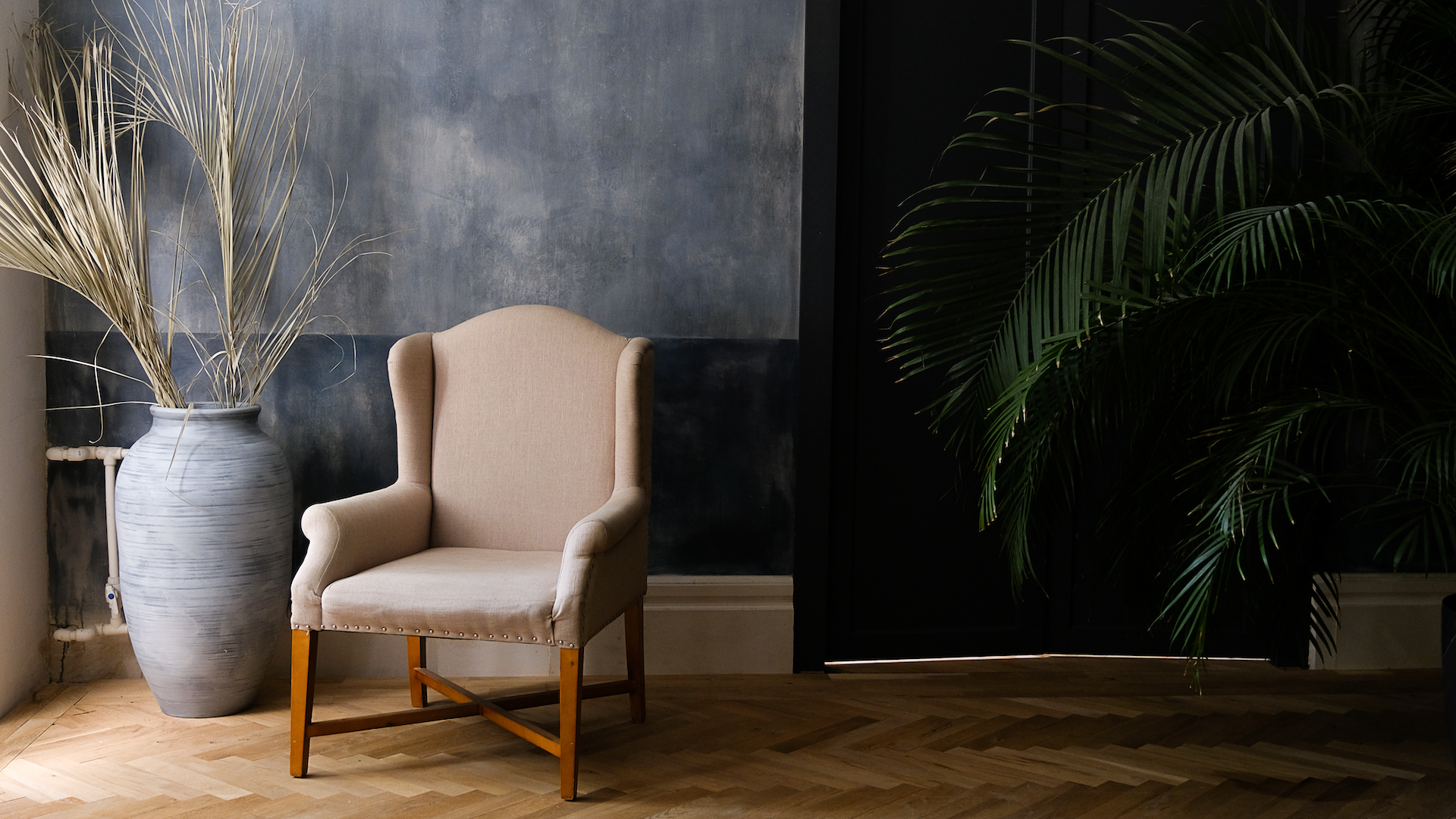
Always forget to water your plants? Reeds can be a low-maintenance option - and add a rustic, natural touch to living areas. Their minimalist, yet elegant, appearance also complements a multitude of design styles and can create an understated focal point without overwhelming your space.
Green groups

Displaying several green plants can create a visually appealing look in a living room by adding layers of texture and natural colour to the space. The variety in shapes, sizes and shades of green can create a harmonious, vibrant focal point that enhances your room’s atmosphere.
Hanging leaves
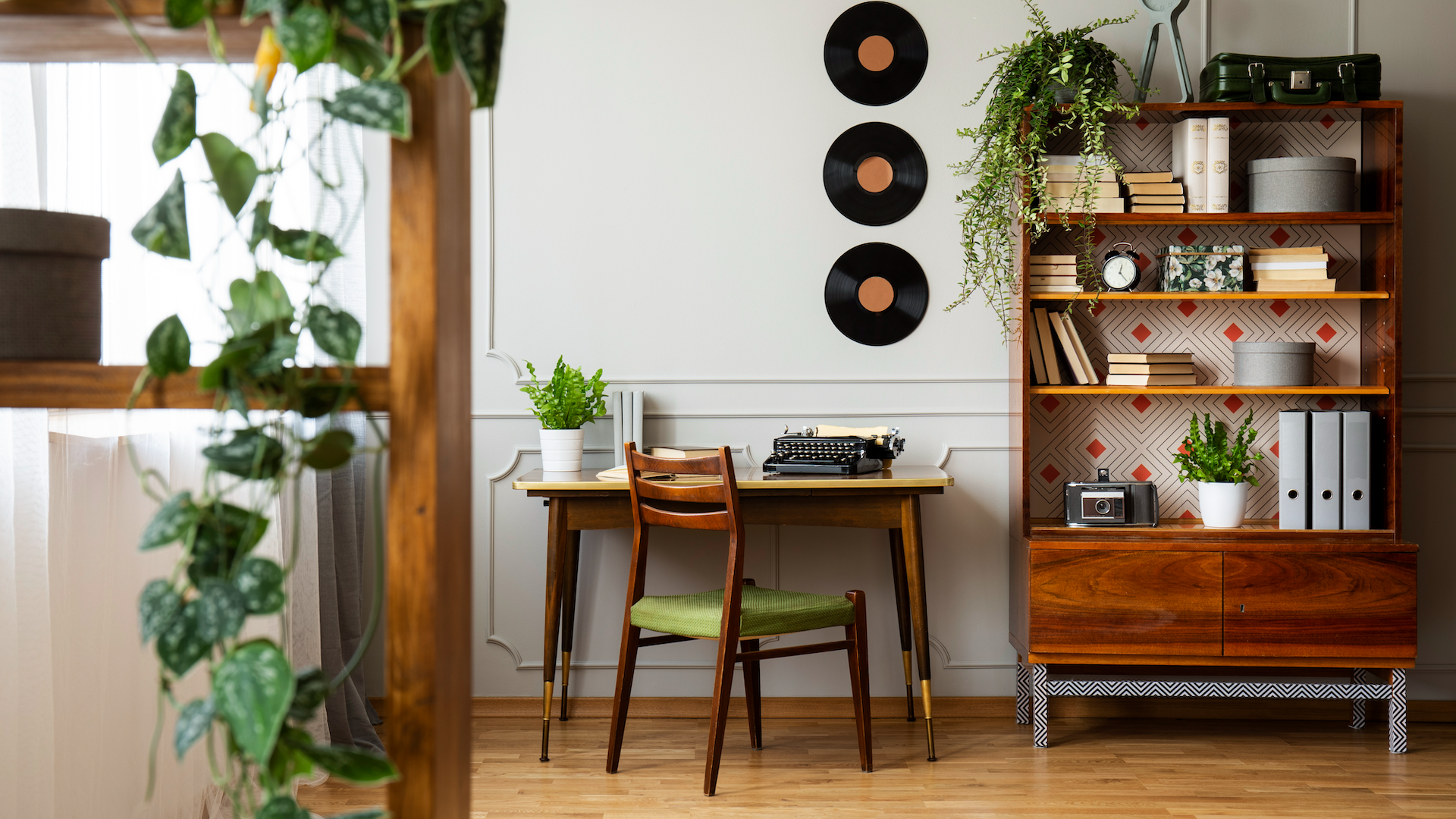
Plants with hanging leaves on shelves are visually appealing in small spaces because they draw the eye upwards - creating the illusion of height and openness. The cascading foliage also adds a soft and organic feel, making the area feel more vibrant without taking up valuable floor area.
Bedside decor

Elevate your bedside table with some luscious plants, which can add a natural, calming element to the room, creating a serene and peaceful atmosphere that's conducive to nodding off. Their presence simultaneously brings colour, texture and life to the relaxing space.
Desk enhancement

Introducing plants to your study can be a smart idea. Because, as well as being visually appealing, there is evidence that fresh greenery can also improve a space's air quality and create a calming, focused environment. It can also reduce stress and boost concentration and productivity.
Shelf elevation

Placing plants on shelves in your kitchen can better utilise vertical space and free up counter areas while adding a fresh, green touch. This not only enhances the room's aesthetic but also helps keep the important space organised and uncluttered.
Elegant shrubs

Plants on a window sill are a great idea because they receive ample natural light, allowing them to thrive while adding a fresh, vibrant element to the space. They also create a charming, luscious focal point, enhancing the view both inside and out.
Statement plants

Incorporating large, dramatic plants into your living room can serve as eye-catching focal points. Using statement options with varying heights and textures can also create a dynamic, layered effect - adding personality and a sense of vitality to your space.
Raised pots

Raising plants above the ground - such as on elevated stands or hanging pots - creates visual interest by adding layers and height to the space. This draws the eye upward, making the room feel more expansive and dynamic while showcasing the plants in a unique, elevated position.
Bathroom greenery

Plants in a bathroom can be a great idea because they thrive in the humidity, adding a lush, natural touch to the space. They also create a calming atmosphere and will enhance your bathroom’s decor with vibrant greenery - transforming it into your very own inviting, spa-like environment.
Artistic plants

Real plants, alongside greenery in artwork, can create a harmonious visual result. This combination enhances the room’s aesthetic, tying together natural textures, colours and shapes in a way that feels cohesive and balanced.
Nature indoors

In a living area, use plants to mirror the scene outside your window. They can bring nature inside by introducing organic shapes, textures and colours that mimic the outdoors, creating a calming, natural atmosphere.
Shelf plants
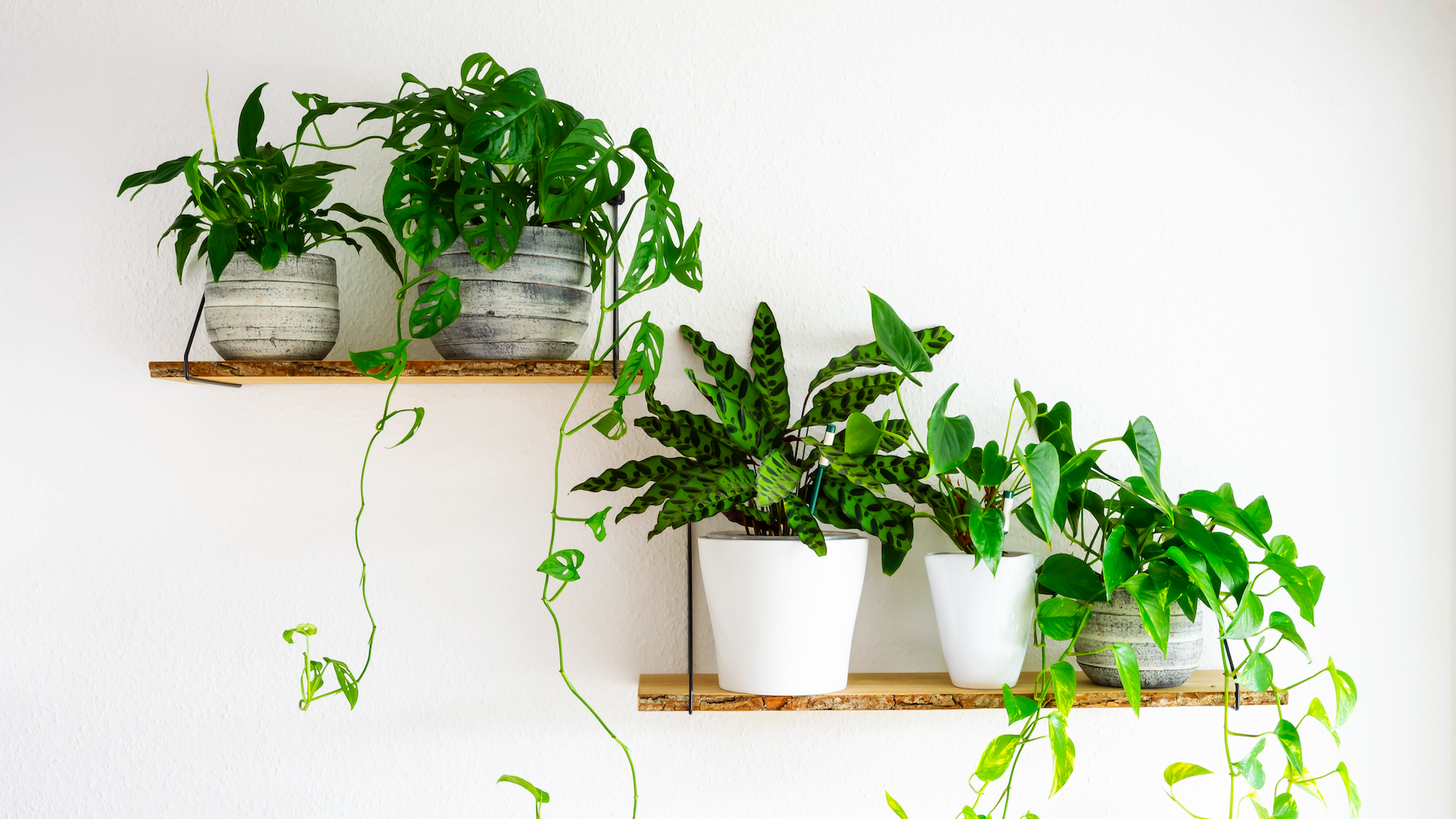
Plants on a shelf are visually appealing because they add greenery and texture, creating a lively contrast against the clean lines of furniture or walls. Grouping different plants with varying shapes and sizes also creates a dynamic, layered effect.
Minimalist green
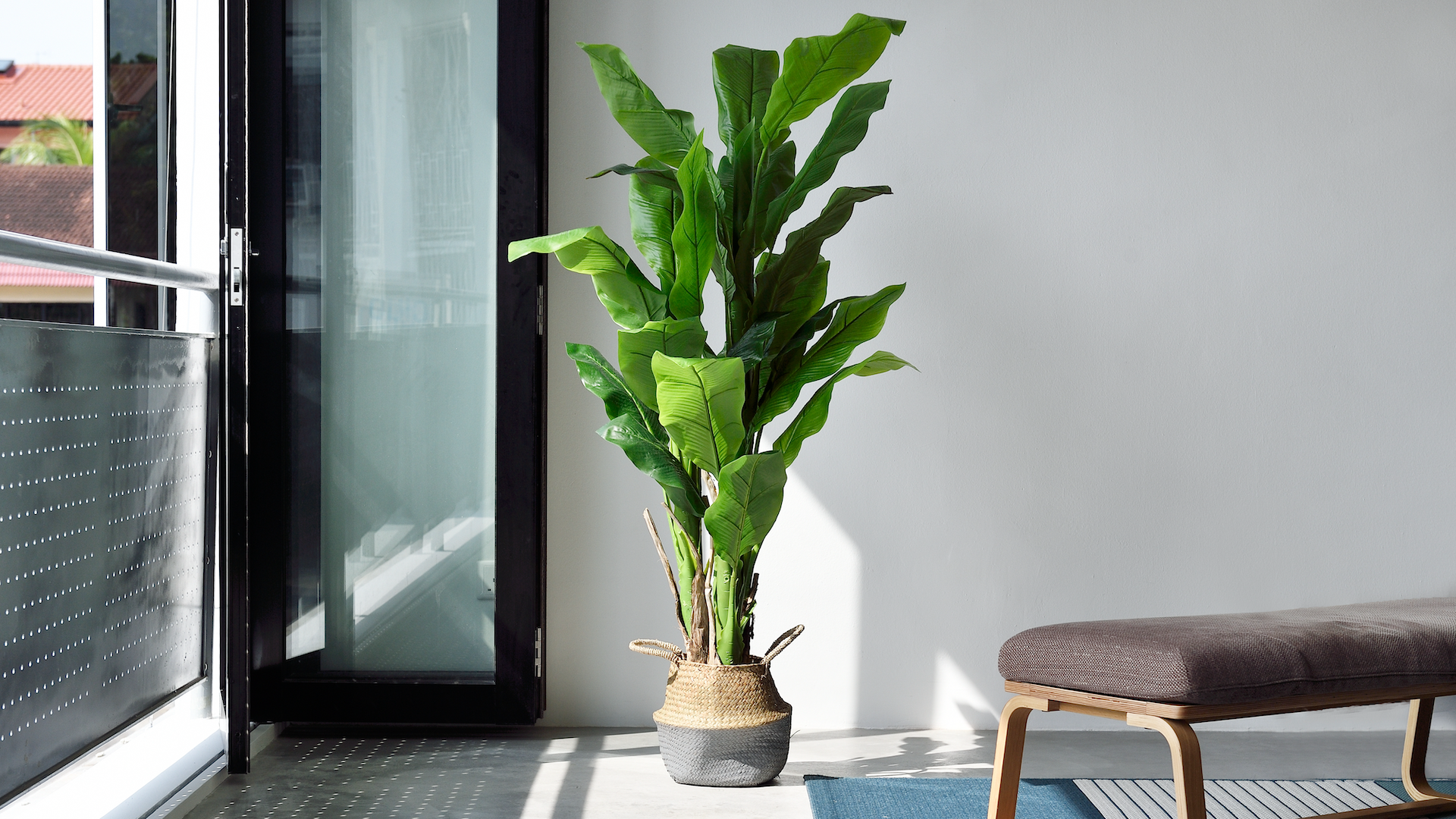
Less is sometimes more when it comes to greenery. A single large plant in a minimalist space can be visually appealing because it adds a bold, organic focal point that contrasts beautifully with the simplicity of its pared-back surroundings.
Kitchen greenery

Lots of plants can elevate an otherwise plain kitchen by adding vibrant colour, texture and life - transforming the space into something warm and inviting. The greenery introduces a natural, refreshing element that contrasts with simple, functional cooking facilities.
Mismatched shrubs

Plants of different heights and sizes are visually appealing because they create depth and dimension, adding variety and texture to a space. The contrast between tall and short shrubs helps establish a layered, balanced look and it's a great opportunity to add personality to the room.
Fresh blooms
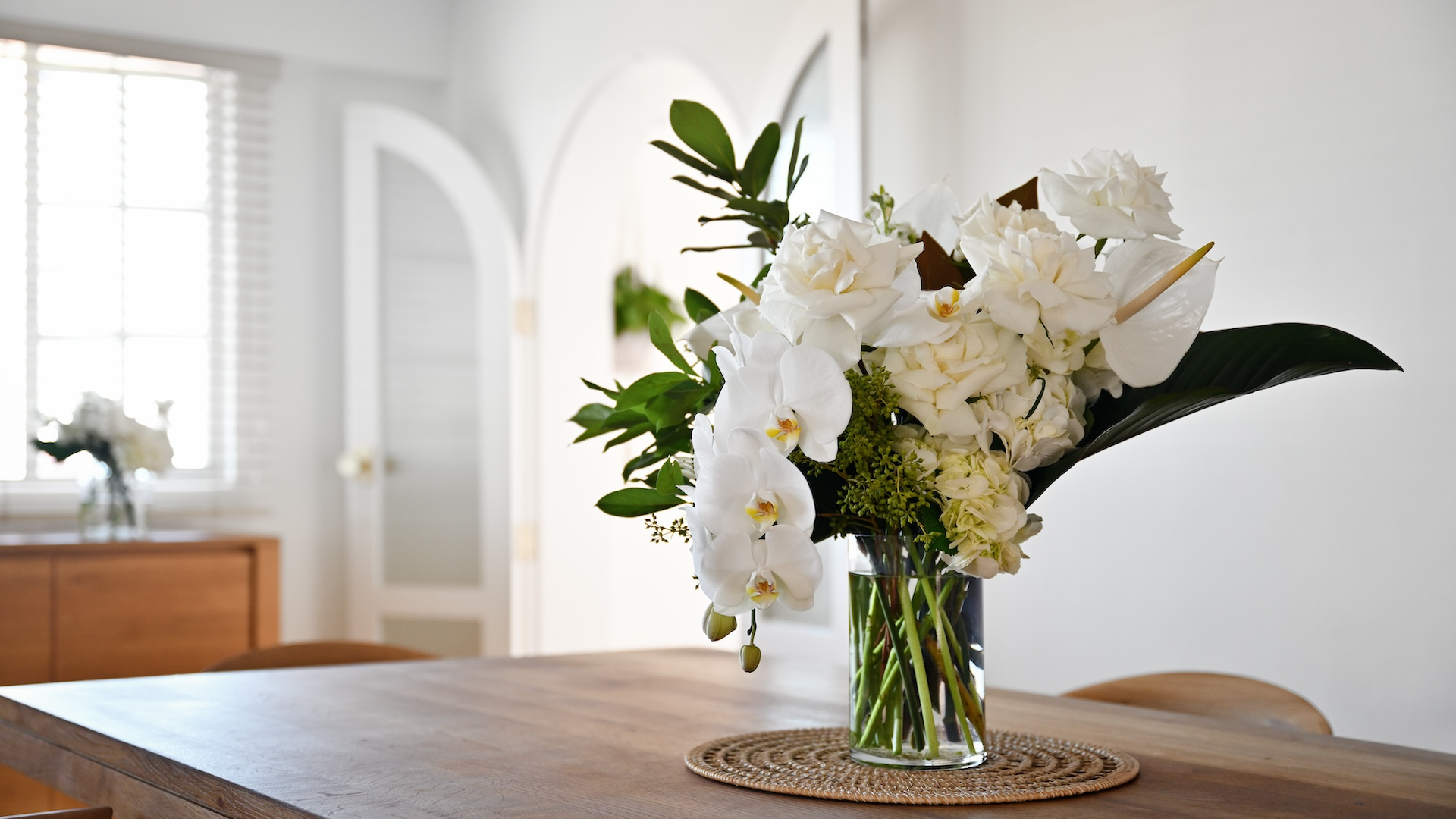
If you like to mix things up, then there's no need to stick to permanent potted plants. Regularly buying fresh flowers and placing them in a vase on a table can add natural beauty to any space, making the room feel more lively and welcoming.
Bathroom decor
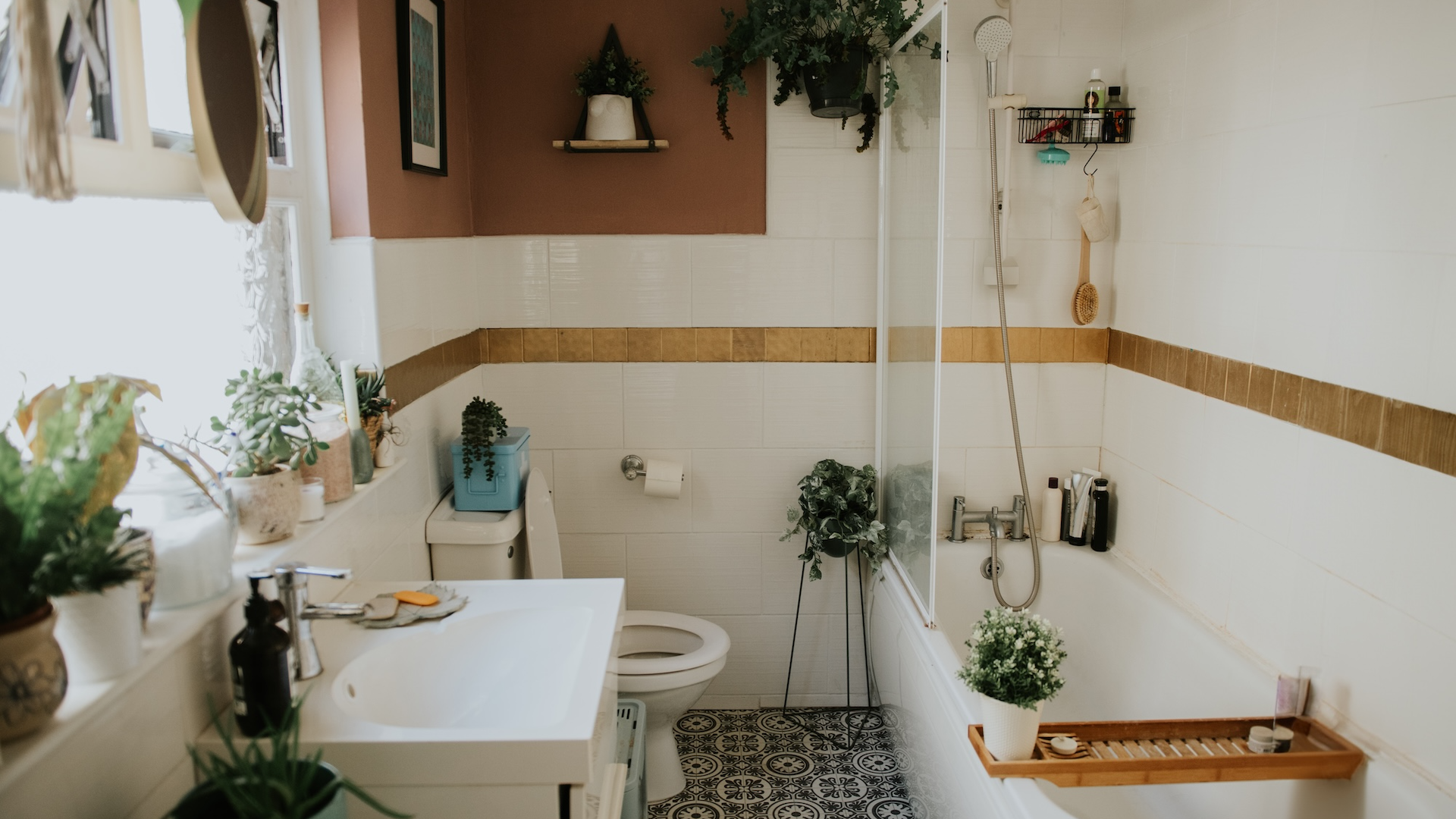
Small plants in a bathroom are visually appealing because they add a touch of greenery and life to a space, creating a calming, spa-like atmosphere. Their compact size fits well in tight areas, while their natural credentials contrast nicely with often sleek, minimalist decor.
Colourful plant

Colourful plants - like orchids - introduce vibrant hues and dynamic patterns that brighten up any room. Their striking shades, whether from flowers or leaves, creates focal points and makes the space feel more lively and visually interesting.
Window focus

Placing plants by a window is practical because they will receive ample natural light, which helps them thrive and grow. However, this location also allows them to be a natural focal point - enhancing the room's ambience by bringing in fresh greenery and creating a lively, inviting atmosphere.
Decking greenery
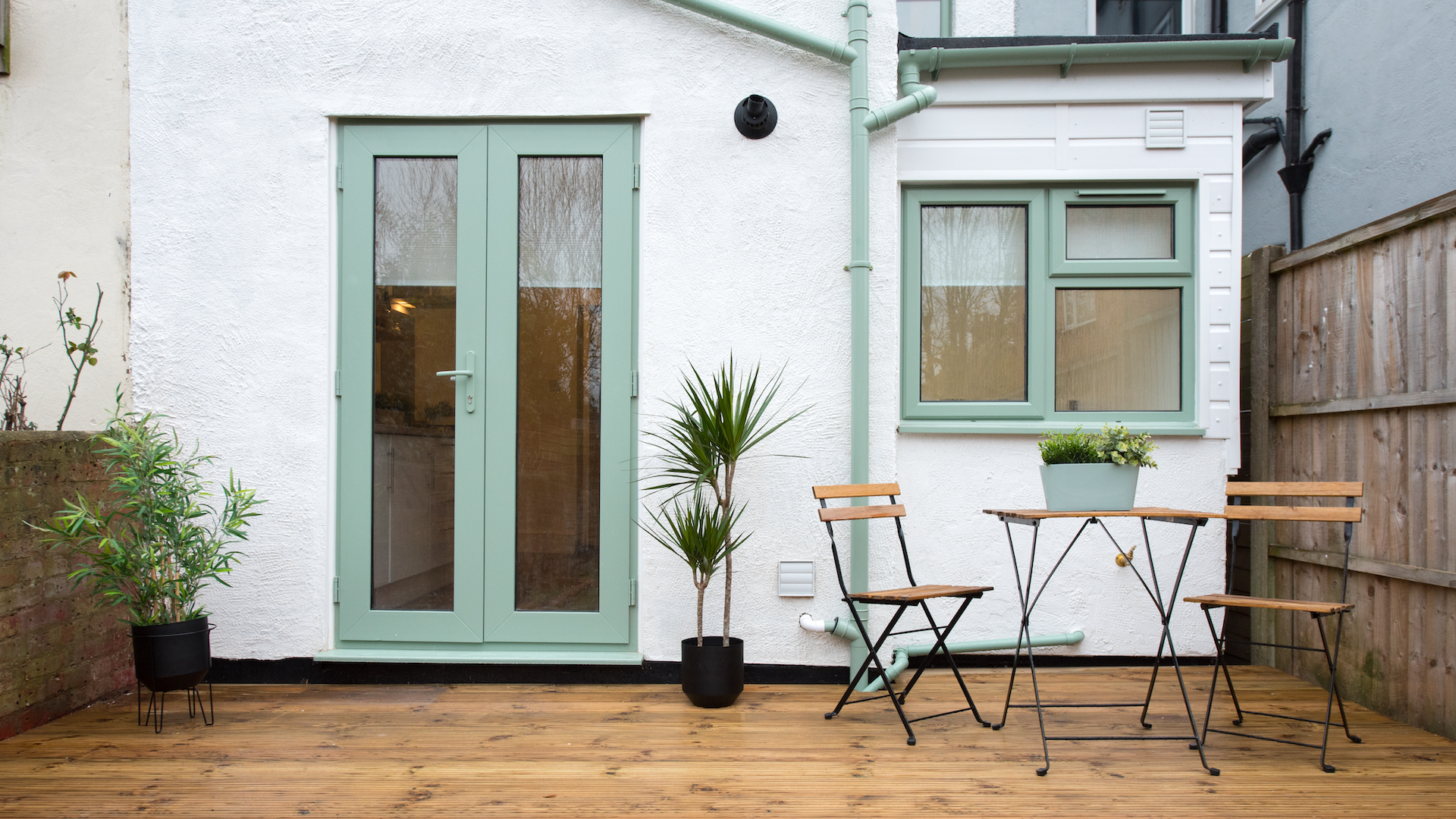
If you've got a decking area outside your home, then potted plants can add natural beauty and vibrancy to outdoor spaces - creating an inviting and serene atmosphere. They also help soften the hard lines of decking, making the area feel more connected to nature.
Mini plants
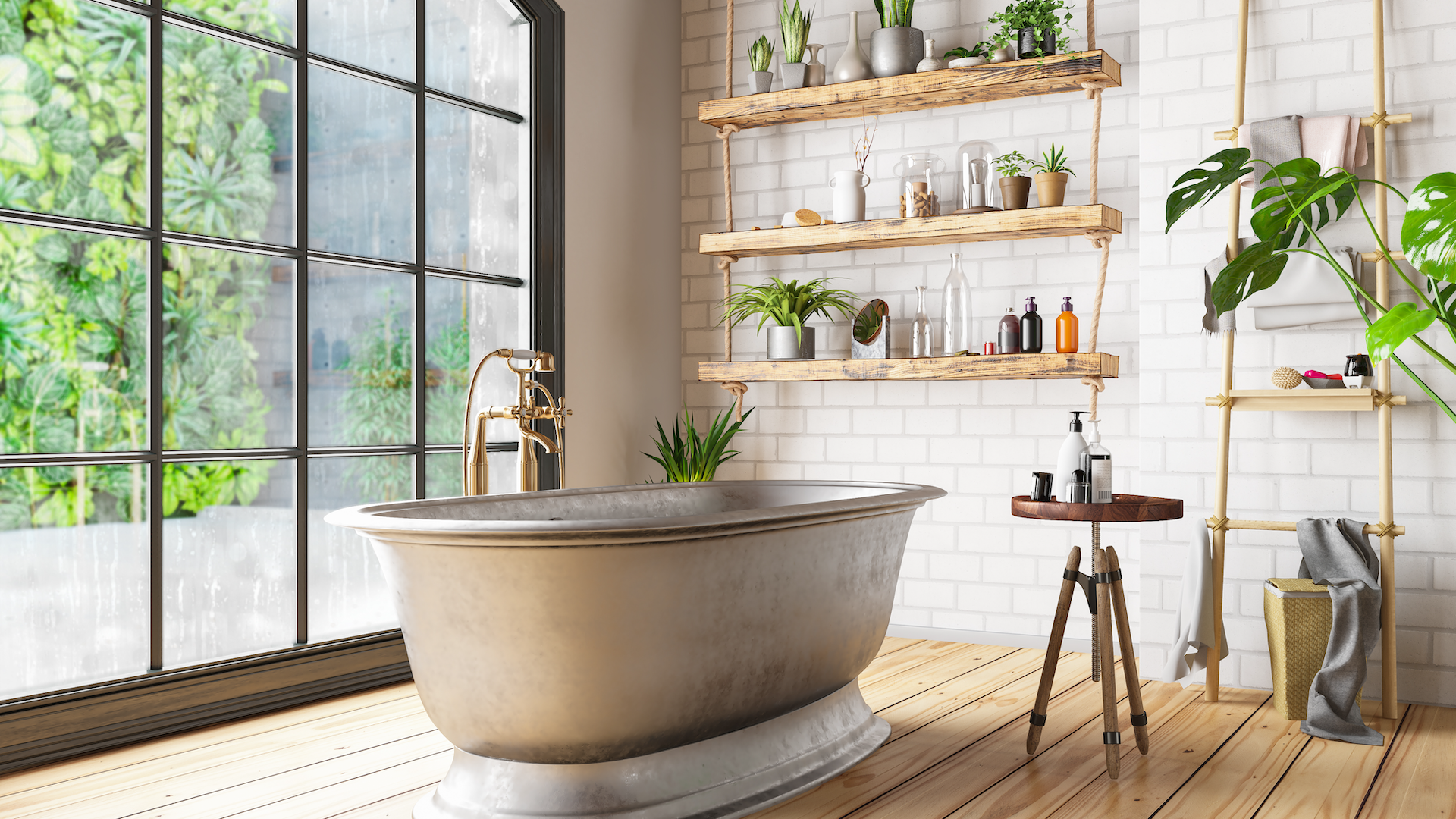
There's no need to add plants to your space that are obscuring your other decor. Small shrubs can add a touch of greenery to your bathroom, making the space feel fresher and more inviting - without needing to take up a lot of space.
Statement green

Forget your bed - a large plant in a bedroom creates a striking focal point, adding both visual interest and a sense of tranquillity to the space. Its natural element promotes relaxation and wellbeing, making the room feel more serene and connected to nature.
Neutral pots

Small plants in a hallway are visually appealing because they add a touch of greenery and warmth to what is often a narrow or underused space. Their compact size allows them to brighten up the area without overwhelming it, creating a welcoming atmosphere as you move through your home.
Hanging plants

Hanging plants are a great idea in a small room because they utilise vertical space, freeing up floor area while still adding greenery and texture. This helps make the room feel more open and dynamic, particularly amongst the otherwise clean lines of a kitchen.
Green hint

A plant beside the bathroom sink is visually appealing because it adds a refreshing touch of greenery, creating a calming, spa-like atmosphere. Its natural presence contrasts beautifully with the sleek, functional elements of the space.
Balcony plants

Plants on a balcony can transform an outdoor space into a lush, vibrant retreat, adding colour and texture to the area. They create a natural, inviting atmosphere, enhancing the connection between indoor and outdoor living.
Cosy plant

While plants may be associated with nature, they can also make an indoor space feel cosy. They add natural warmth and texture, softening hard surfaces and creating a sense of intimacy. Their vibrant greenery brings life to the room, making it feel more inviting and nurturing, perfect for relaxing or unwinding.
Welcoming plants

Having plants beside the front door creates a welcoming, fresh first impression for guests. The greenery adds life and charm, enhancing the entrance's aesthetic and contributing to a warm, inviting atmosphere right from the doorstep.







